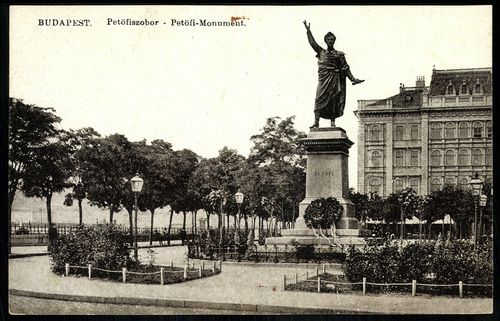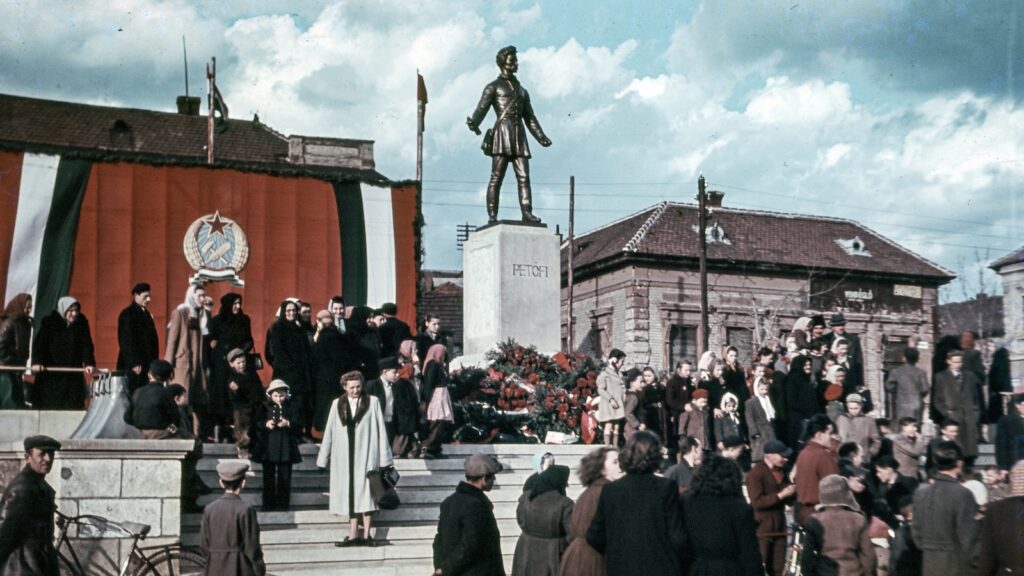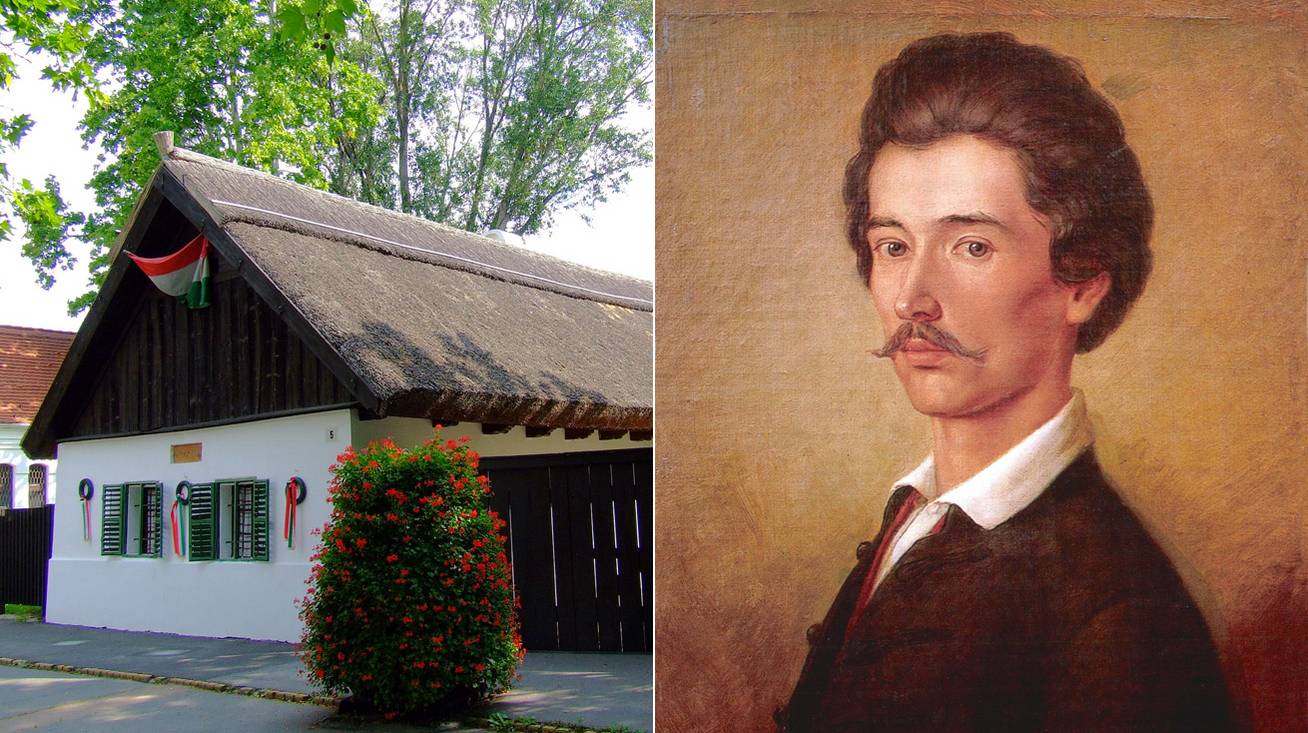Birth and Legend of Sándor Petőfi – Kiskörös
Fact of the Hungarian figure „Bloodless Revolution in Pest – The birth of the political nation”
Part of the „Revolutions of 1848″ topic
Sándor Petőfi, born on January 1, 1823, in Kiskőrös, represents not only the poetic voice of the 1848 Hungarian Revolution but also an enduring symbol of national identity and freedom. His early life was shaped by hardship and ambition; as the son of a butcher of Slovak origin, Petőfi’s humble beginnings contrasted sharply with his rise to prominence as a poet, revolutionary, and cultural icon.
During his youth, Petőfi’s literary talent emerged against the backdrop of personal struggles, including financial instability and academic setbacks. His breakthrough came with the publication of “A borozó” (“The Wine Drinker”) in 1842, marking the start of a meteoric rise. Petőfi’s works, including “Nemzeti dal” (“National Song”), became rallying cries for liberty, resonating deeply with the Hungarian populace. By the mid-1840s, he was a celebrated poet, part of the Pilvax Café circle, which became a hub for revolutionary thinkers.
Petőfi’s political role was as significant as his literary achievements. On March 15, 1848, he stood at the forefront of the Budapest demonstrations, reciting “Nemzeti dal” on the steps of the National Museum. This act cemented his place in the revolutionary movement, as Hungary demanded constitutional reforms, civil liberties, and independence from the Habsburg Monarchy. His fiery rhetoric and activism made him both a hero and a target of the old regime.
The enigmatic circumstances surrounding Petőfi’s death at the Battle of Segesvár (July 31, 1849) have fueled a lasting legend. Though officially declared killed in action, his body was never identified, leading to persistent theories of survival, exile, or imprisonment in Siberia. These myths were amplified during the communist era, where Petőfi was co-opted as a symbol of proletarian struggle, aligning with the regime’s ideological narrative.
Sándor Petőfi, Hungary’s most renowned poet, has been a central figure in the country’s cultural and political discourse for over two centuries. His memory has been shaped and reinterpreted by successive regimes, reflecting their ideological priorities. Petőfi’s life and works, emphasizing liberty, national identity, and prophetic vision, have provided fertile ground for liberal, conservative, and socialist movements to construct their narratives. In the 19th century, Petőfi’s legacy was appropriated by nationalist movements, portraying him as a symbol of Hungarian independence and unity. The Kiegyezés (Compromise of 1867) era emphasized his pastoral and romantic works, sidelining his revolutionary poetry. The early 20th century saw the socialist and leftist movements highlight Petőfi’s radicalism, emphasizing his calls for social justice and equality.
During Hungary’s communist period, Petőfi was enshrined as a hero of the people, with his works co-opted into Marxist-Leninist ideology. Despite this, his association with freedom and revolution remained an undercurrent of dissent, as seen during the 1956 Hungarian Revolution, where his name and poetry became rallying cries. Post-1989, Petőfi’s image diversified. The collapse of a singular state narrative allowed for a plurality of interpretations, but his symbolic relevance endures, bridging political divides as a timeless figure of Hungarian identity and freedom.







